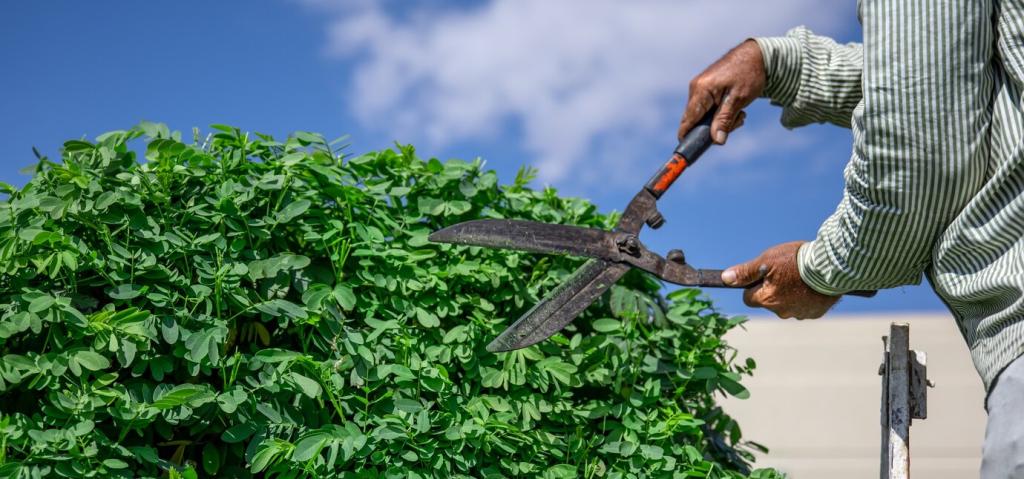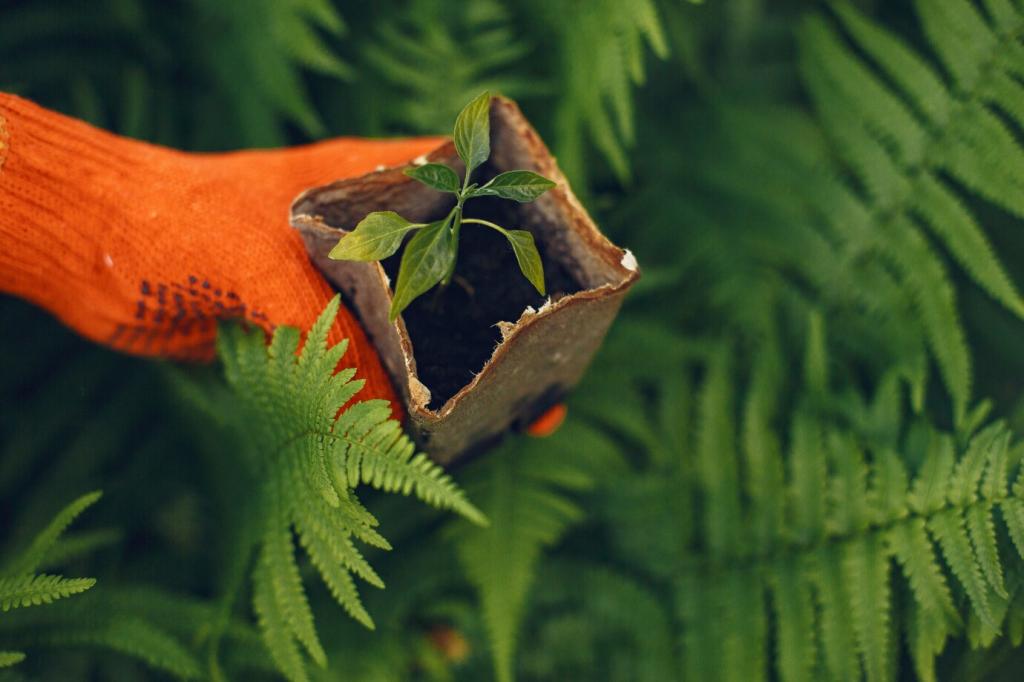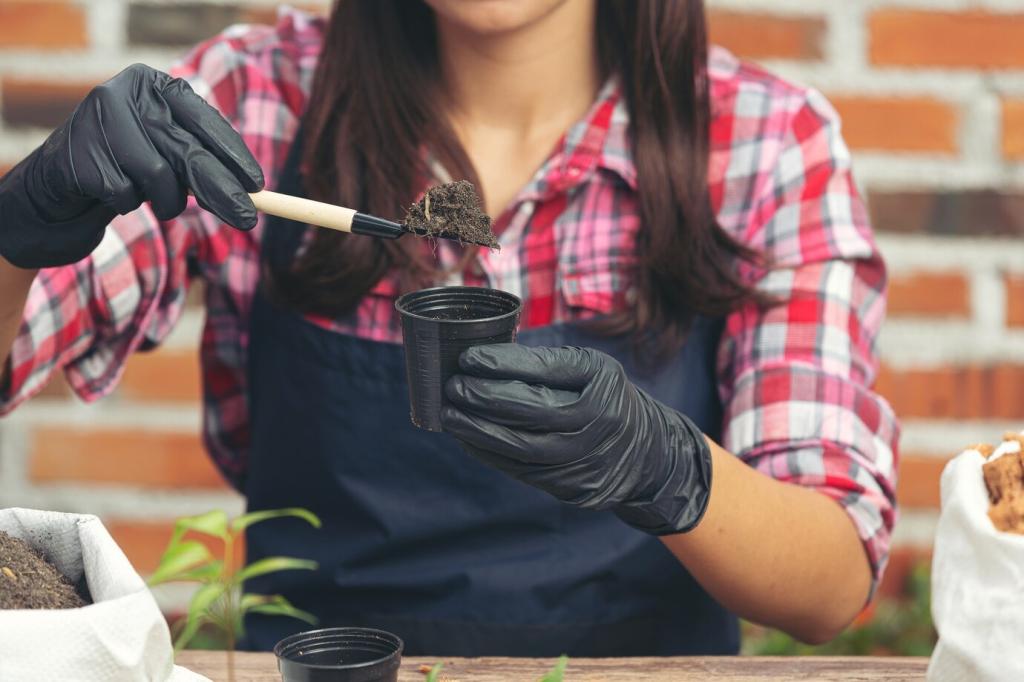Ultimate Guide to Sustainable Indoor Plant Care
Welcome to the Ultimate Guide to Sustainable Indoor Plant Care, where you will discover essential practices for creating a thriving indoor garden that is both eco-friendly and rewarding. Whether you’re a seasoned plant enthusiast or a beginner, this guide provides in-depth knowledge on sustainable choices, resourceful plant care routines, and mindful approaches that make your home greener while supporting the planet. Explore each section’s practical insights and learn how to nurture lush, healthy plants indoors while making a positive environmental impact.



Water Conservation Practices
Water is a precious resource, making its thoughtful use central to sustainable plant care. Employing methods such as using collected rainwater or repurposed greywater for watering, and allowing soil to dry out appropriately between waterings, significantly reduces your household’s water consumption. Understanding the specific water needs of each plant and investing in moisture meters or self-watering pots can help tailor your watering schedule, ensuring plants receive just the right amount of hydration. Every effort to reduce excess watering not only conserves water but also prevents issues like root rot, promoting healthier plants overall.

Eco-Conscious Plant Containers
The choice of plant containers extends far beyond aesthetics in a sustainable indoor garden. Opt for recycled, upcycled, or biodegradable pots instead of plastic, and consider breathing new life into household items by transforming them into unique planters. Terracotta and other natural materials allow for breathability and can be repurposed or recycled at the end of their lifecycle. Choosing durable, non-toxic materials reduces the environmental impact of your garden and encourages a creative approach to decorating your indoor space sustainably, all while providing a suitable environment for plant root systems.

Optimizing Natural and Artificial Light
An essential part of any indoor plant care routine is ensuring each species gets the right amount and quality of light. Making the most of natural daylight, such as positioning plants near windows, reduces electricity usage and mimics natural growth patterns. When supplemental light is necessary, selecting energy-efficient LED grow lights minimizes both energy consumption and heat output. By creating a well-planned lighting environment, you support healthy plant growth with minimal environmental cost, leading to more vigorous and sustainable indoor greenery.
Join our mailing list
